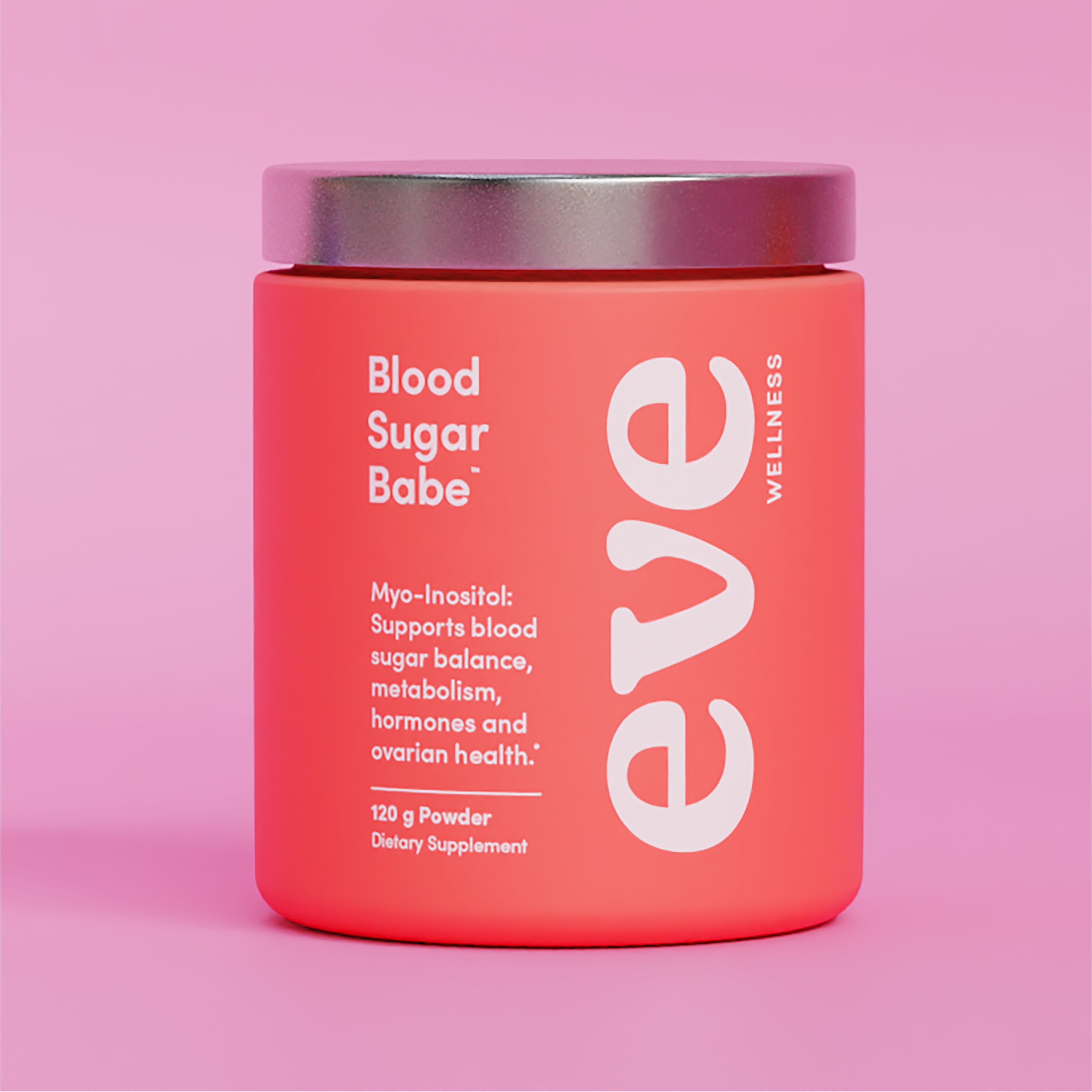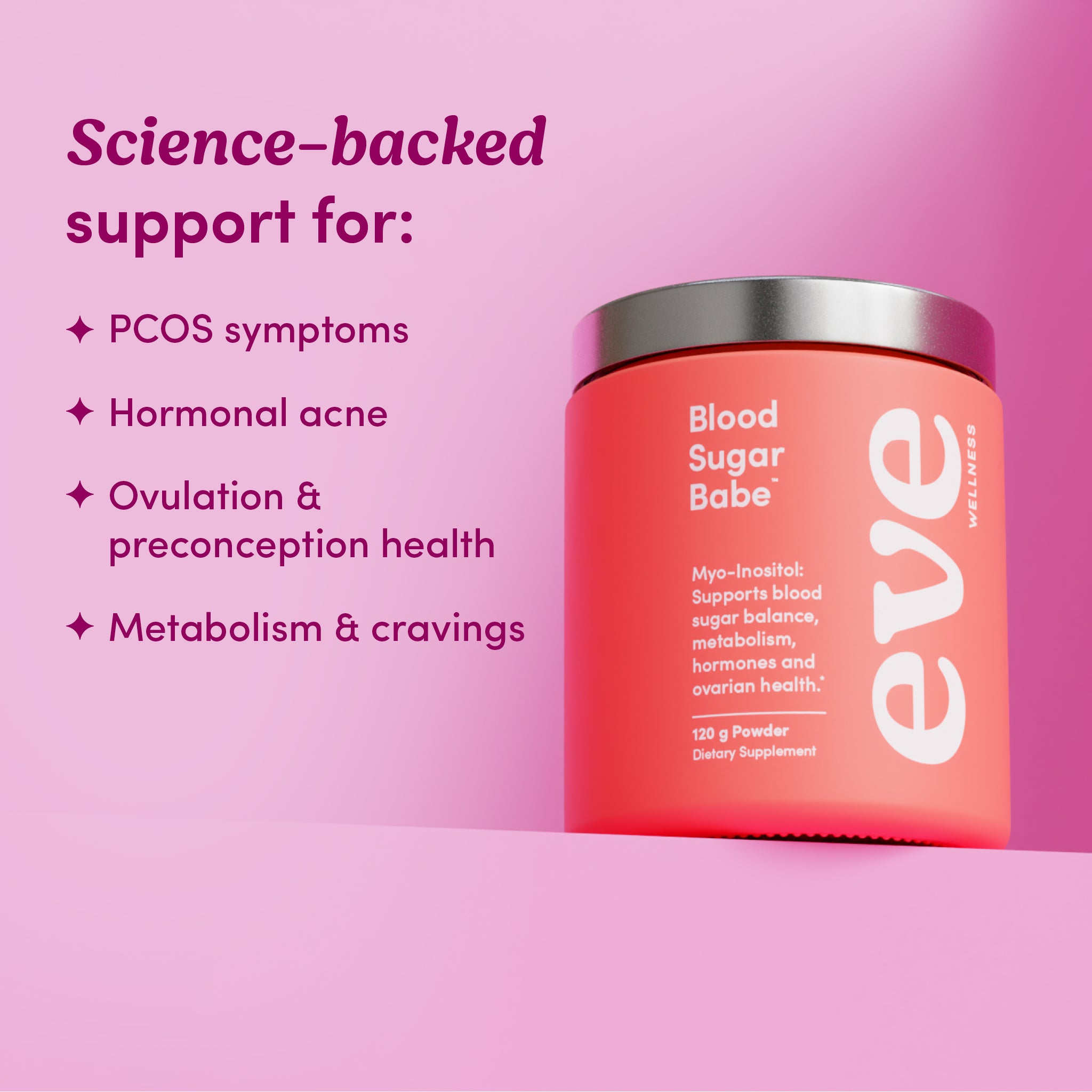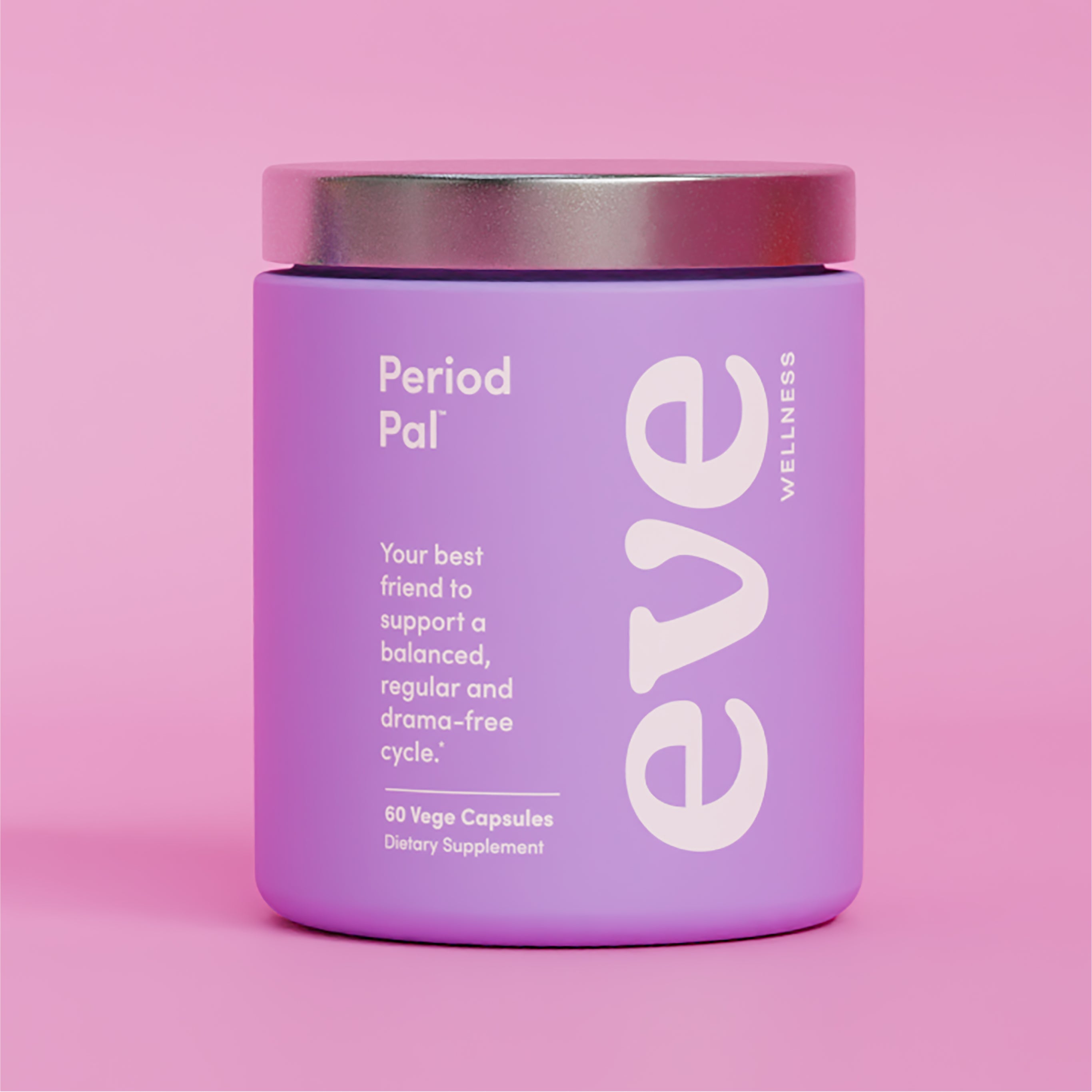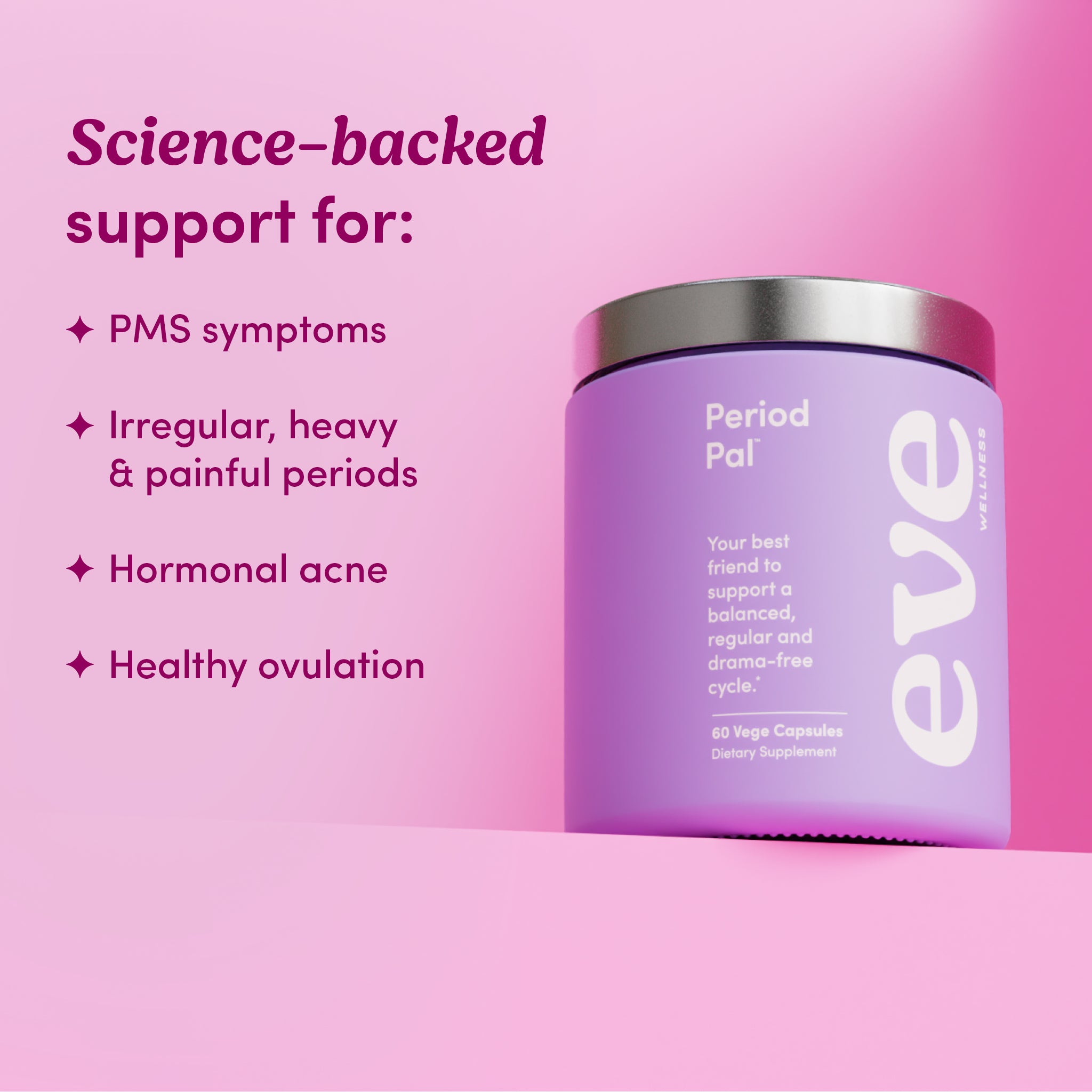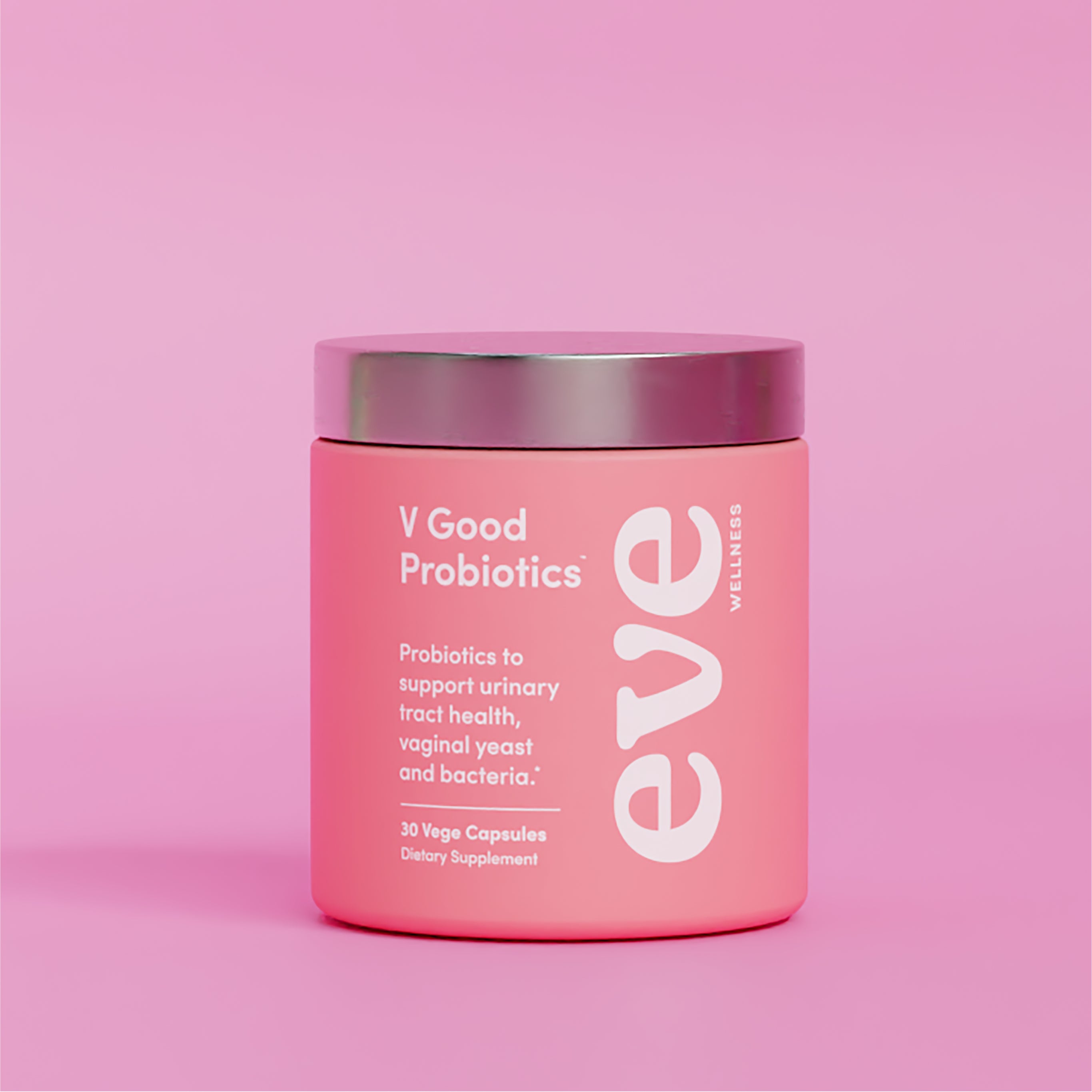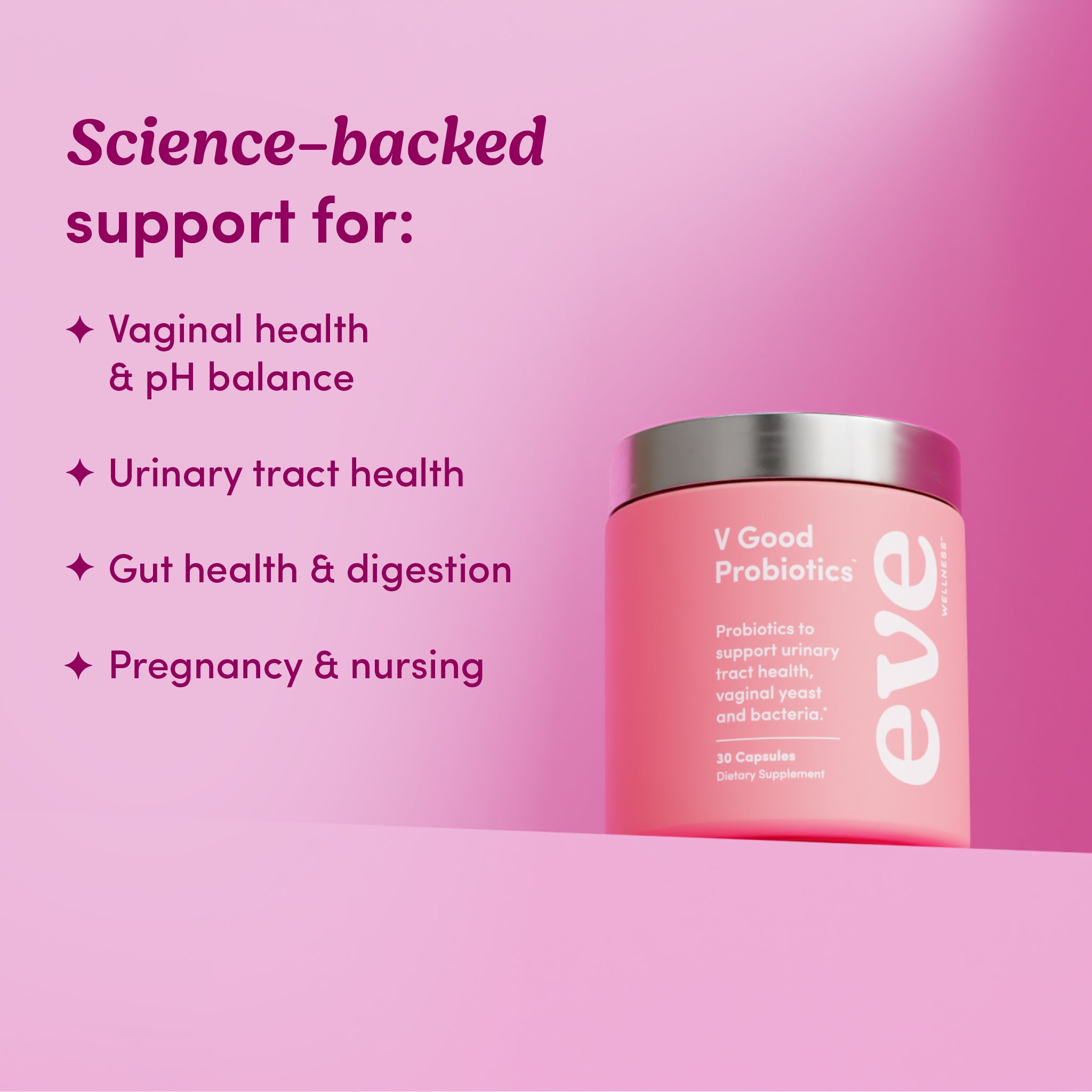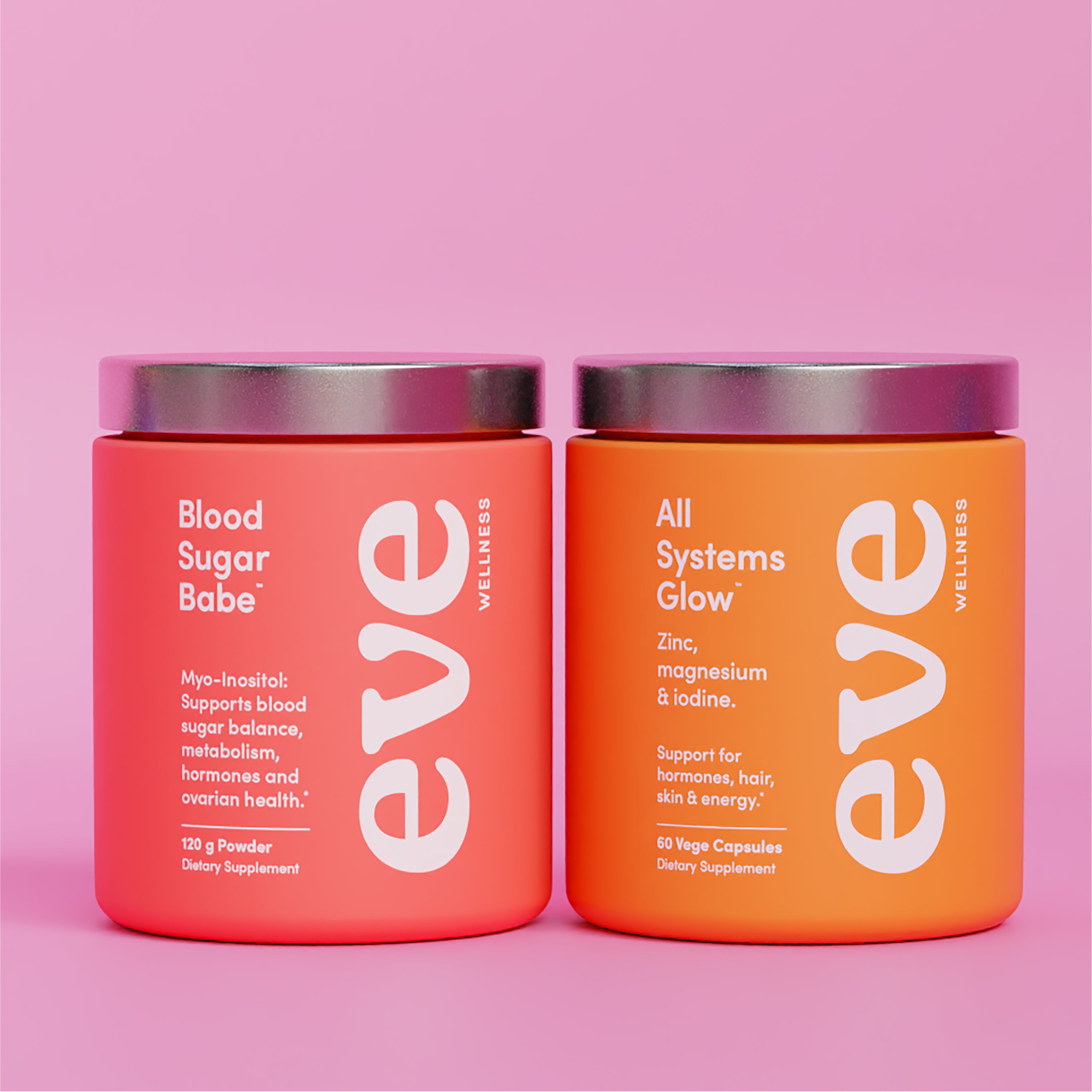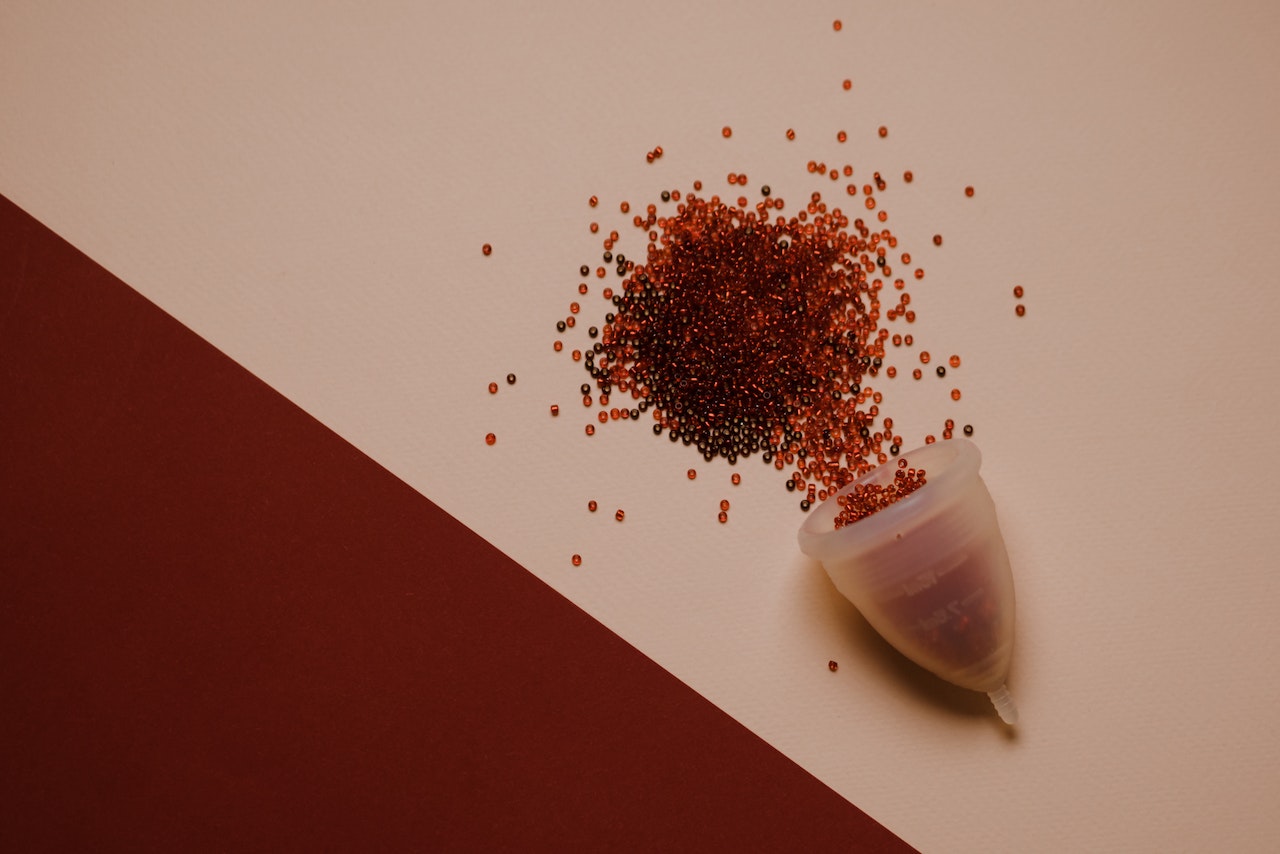Periods are meant to be painful, right?
Wrong—period cramps are common, but they are far from a normal state of the body. In fact pain in general is often a fairly clear indication that something isn’t happening as it should be on the inside.
If once a month period pain brings you, paracetamol and a hot water bottle together in a codependent relationship, it may be time to dive deeper into your menstrual health and explore what might be crouching behind cramps.
In this blog, we’ll cover:
- What constitutes ‘normal’ period pain;
- What causes period pain that goes beyond the norm;
- What you can do to say sayonara to period pain.
First things first, what is 'normal' period pain?
Normal period pain occurs in the first day or two of your period, and sometimes the day before it starts as well. It can be a slight dull ache, feeling of heaviness, or even a light twinge in your lower pelvis or back; but certainly nothing that causes you much pain or prevents you going on with your day as usual.
This sensation is simply the result of your uterus contracting and relaxing to expel the cosy lining it has built in the past month just in case a fertilised egg should need a place to grow—a perfectly healthy and normal process.
Period pain that goes above and beyond this, that gives you more significant pain or even prevents you from going about your day is not normal. Consider it a cry for help from your dear uterus that’s in need of a little love and attention.
The period-pain causing culprit: Prostaglandins
Crampy, painful periods are the result of an excess of a hormone-like compound known as prostaglandins.
We say hormone-like, because while they act in much the same way, prostaglandins aren’t produced by glands (like hormones are); instead they can show up directly where the body wants them.
Prostaglandins have different effects, depending on where in the body they were made. In your uterus, prostaglandins tell muscles to contract each month to shed its lining—A.K.A your period.
The more prostaglandins made in the uterus, the stronger these contractions will be, which (surprise, surprise) also translates into stronger menstrual cramps—often referred to as dysmenorrhea.
Due to the close proximity, these same prostaglandins from the uterus can also stimulate the bowel, because ya know, period cramps and diarrhea is such a fun combination.
Another fun fact: as they stimulate contractions of the uterus, prostaglandins also play an essential role in labour. In fact, there are even synthetic forms of prostaglandins, called prostaglandin E2 and F2, that are used to induce labour when necessary.
Why you might be making too many prostaglandins:
1. Inflammation
Prostaglandins and inflammation have a reciprocal relationship, inflammation increases levels of prostaglandins, and prostaglandins create more inflammation.
Inflammation is the body's natural response to invaders or damage. Inflammation in the gut is often the result of inflammatory foods, such as gluten, damaged fats, processed meats, artificial sweeteners, alcohol and dairy products (in some people).
Inflammation in the pelvic region is often the result of immune molecules in the gut, due to the close proximity of the two. Cue that lovely pain, bloating and cramping so many of us are familiar with.
2. Higher levels of oestrogen
Prostaglandins have a close relationship with oestrogen; the hormone that makes the lining of your uterus grow.
This means if you’ve got higher levels of oestrogen, or oestrogen that’s metabolising down more inflammatory pathways, you’re more likely to experience pain and cramping come period time.
3. Nutrient deficiencies
A lack of key nutrients can also lead to an increase in prostaglandins, either directly or through playing a part in increased oestrogen or levels of inflammation. Nutrients of note in this instance are magnesium and zinc.
Given its relaxing effect on the entire body, magnesium plays an essential role in lowering prostaglandins and calming the walls of the uterus. Zinc also reduces prostaglandin production, and improves blood flow to the pelvic region. Win win.
To lower prostaglandins, and therefore manage your cramps naturally, make sure to:
Help your body detoxify and eliminate excess oestrogen by:
- Staying hydrated and eating plenty of fibre rich foods;
- Avoiding liver loaders, such as alcohol, caffeine, processed foods and refined sugars;
- Eating plenty of cruciferous vegetables, such as broccoli, cabbage, cauliflower & brussel sprouts;
- Getting your sweat on, either through exercise or a sauna.
Lower inflammation naturally:
- Limit or avoid inflammatory foods, such as gluten, damaged fats, processed meats, artificial sweeteners, alcohol and dairy products;
- Eat more anti-inflammatory foods, such as salmon, olive oil, green leafy vegetables, raw nuts, herbs & spices;
- Make friends with turmeric, a powerful anti-inflammatory agent that also supports the gut and liver.
- Try an Omega 3 supplement, this essential fatty acid helps to lower inflammation levels in the body.
Keep your nutrient stores topped up:
- To keep inflammation at bay and lower prostaglandins naturally, you’ll want to make sure you’ve got enough essential nutrients on board. Of particular importance are magnesium, zinc, vitamin B6, vitamin D and selenium.
- Here’s a tip; if your cramps start well before your period does, that’s a fairly good indicator that you’re low on magnesium.
- Make sure to supplement with an easily absorbed form of magnesium, such as magnesium bis-glycinate, as some forms of magnesium can cause or worsen diarrhoea which you’ll probably want to avoid. We love All Systems Glow.
